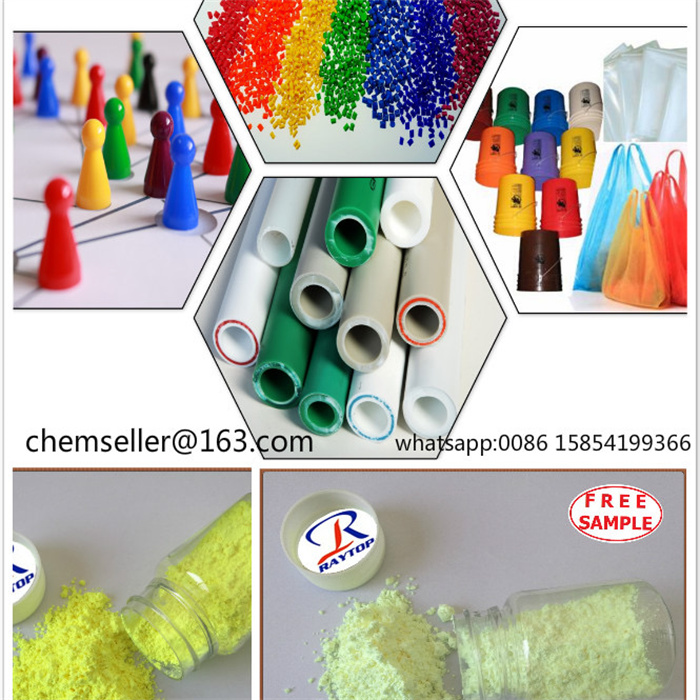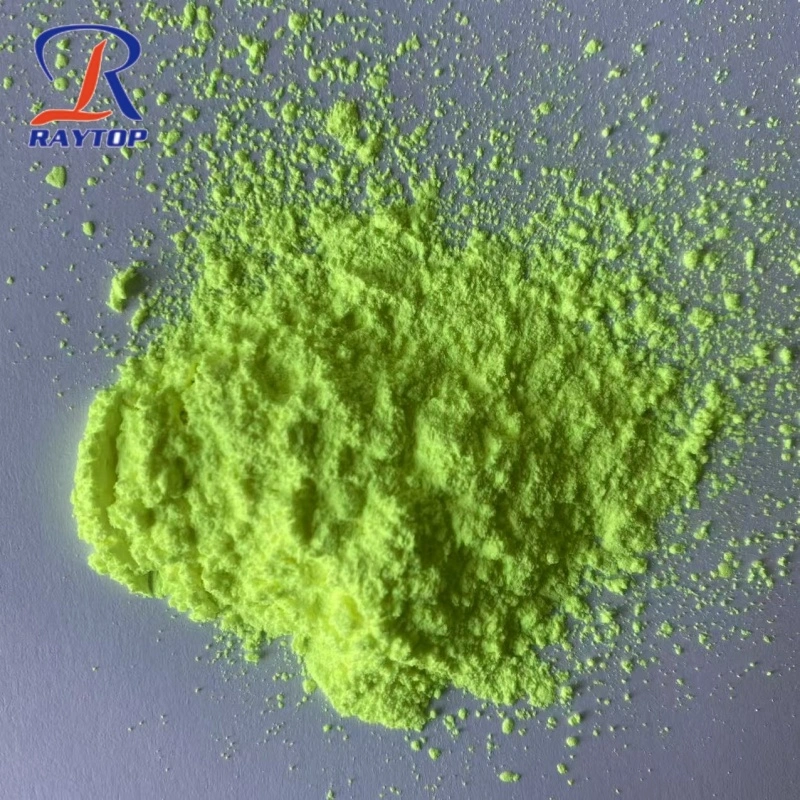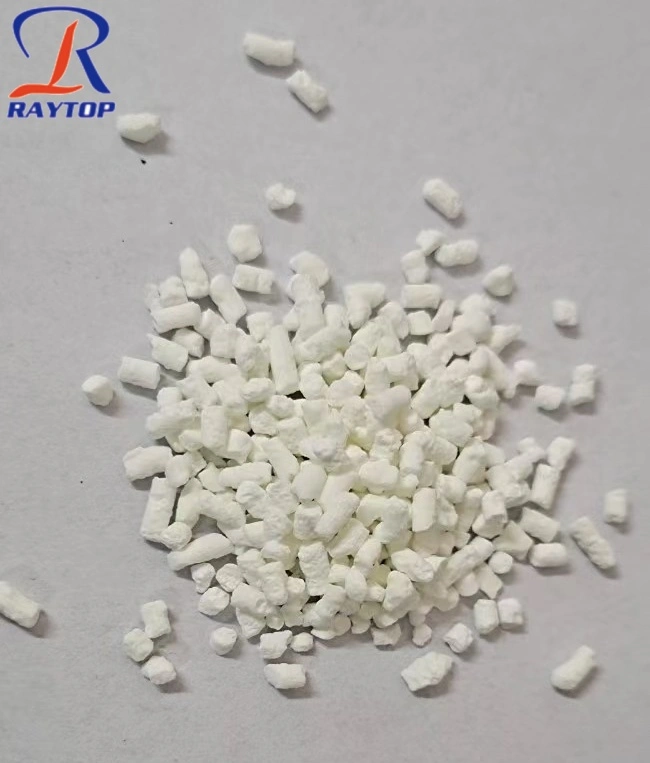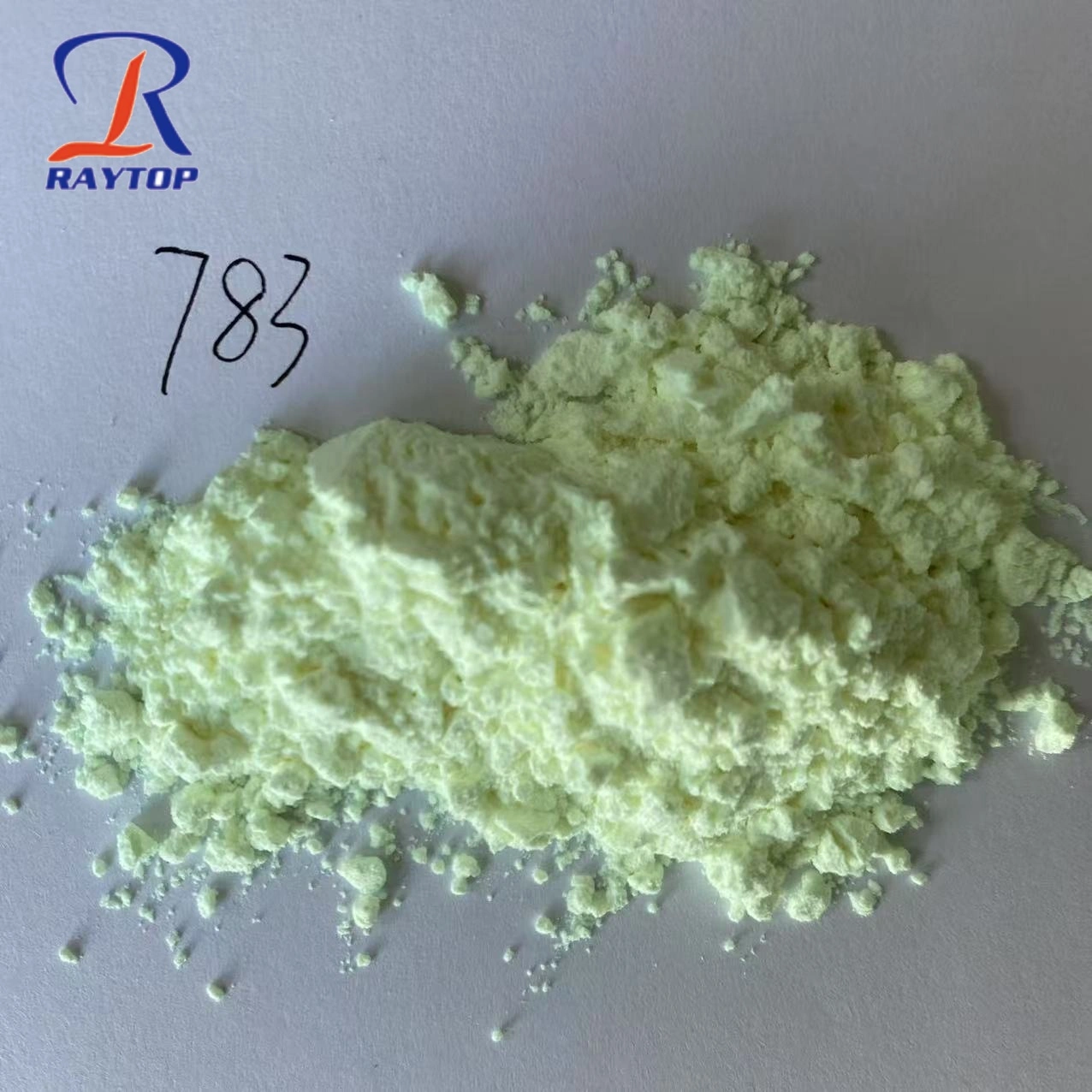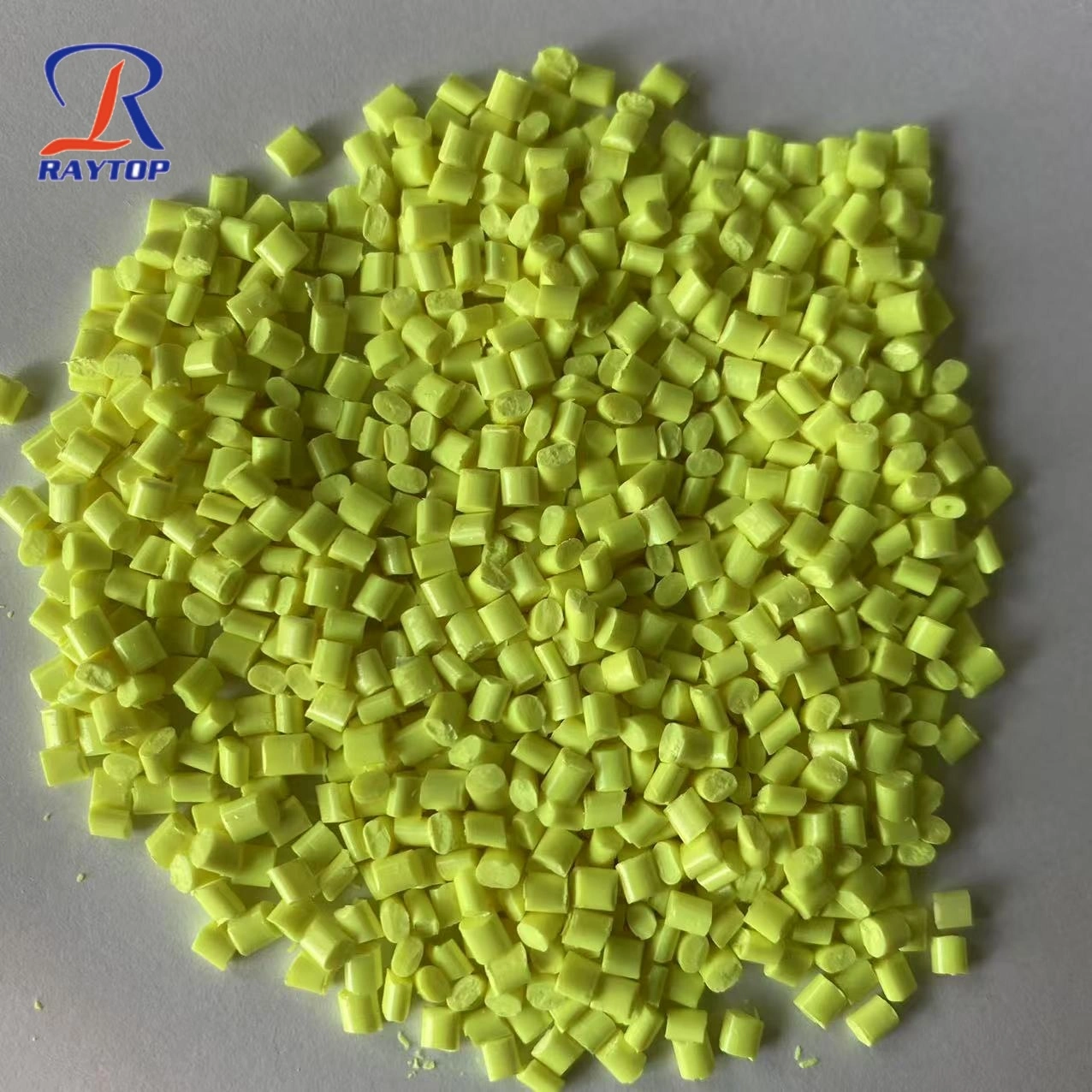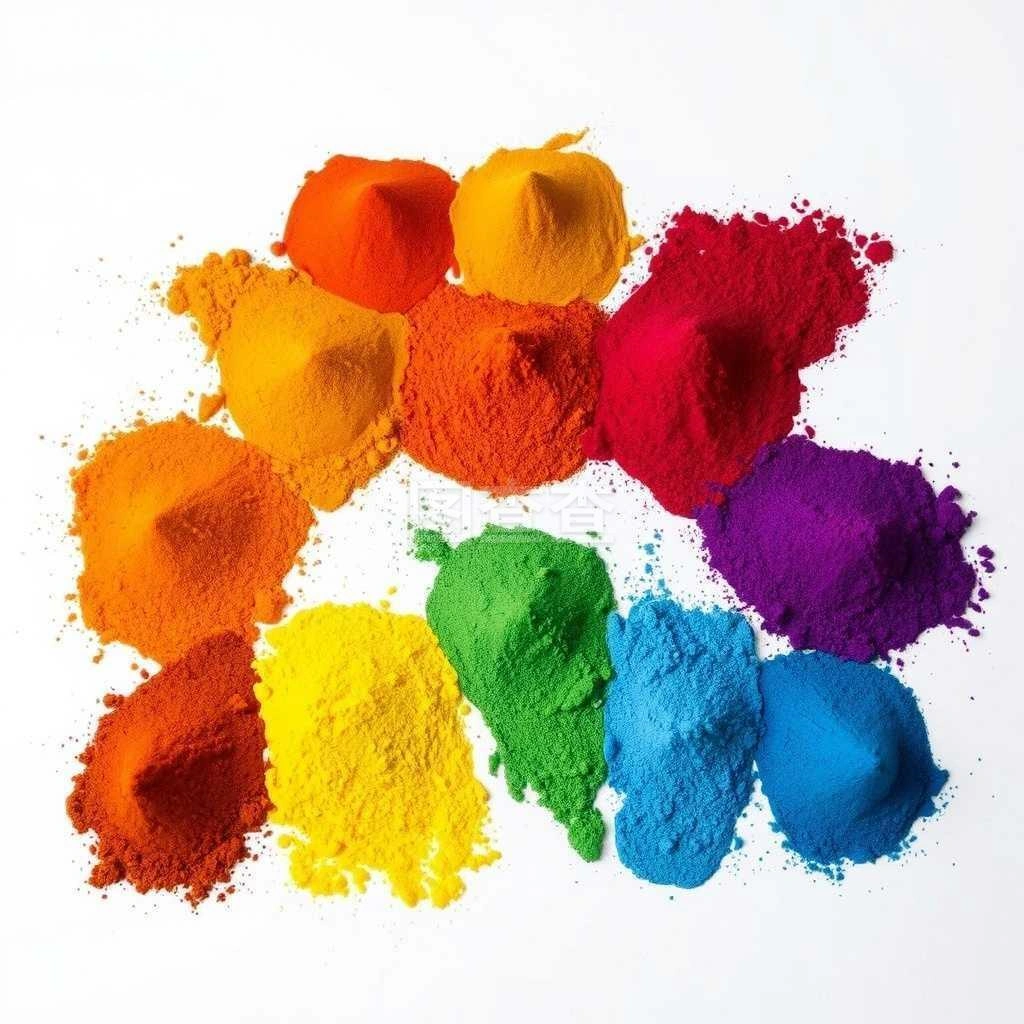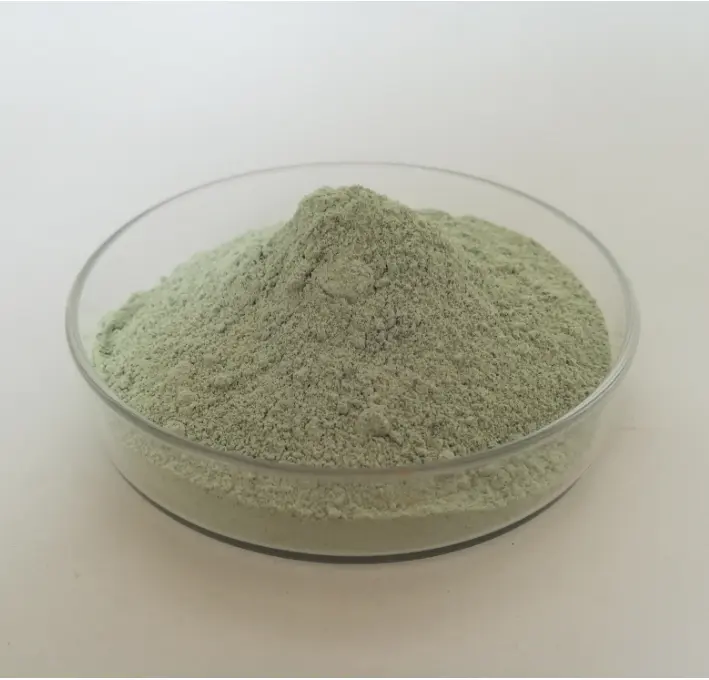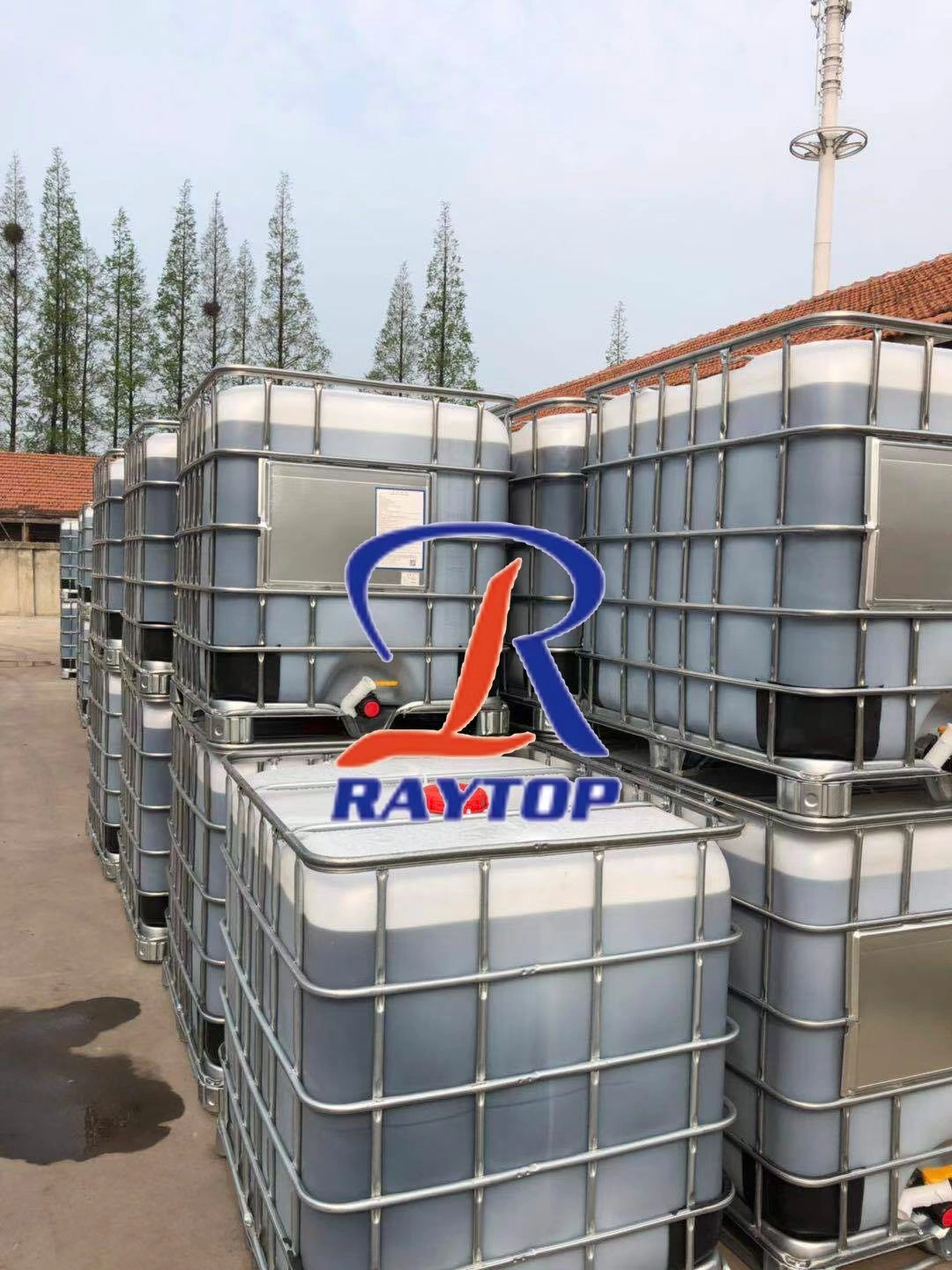
What is optical brightener?
Optical whitening agent belongs to a fluorescent dye and belongs to the classification of fine chemical industry. Its main function is to whiten, brighten and brighten the products through the principle of optics. The products will bring a kind of blue and white light, so that people can see that the products are very white with the naked eye. Especially under the condition of ultraviolet light outdoors, the whitening effect is better.
See here for details. What is fluorescent brightener?
Application of optical brightener 127
There are many types of optical brighteners. Ob, OB-1, KCB, 127, KSN, KSB, VBL, CBS, etc. are commonly used in the market. The general uses are divided into plastics, paint, washing, washing, papermaking, resin, etc. different products also have different application models. At the same time, these products are also divided into oil-soluble and water-soluble, Oil soluble brighteners are generally used for plastics and some oily products, such as ob, OB-1, KCB, 127, KSN, KSB, and water-soluble products, such as papermaking and washing industries, most of which use VBL and CBS.

Application of optical brightener OB
If optical brightener is used for paint and ink, ob is generally selected because this product has good solubility. After adding, it can be well dispersed in the product after a little stirring, with good weather resistance and not easy to precipitate; For plastic products, due to different processes and raw materials, some of the above oily brighteners can be used. Different optical brighteners are selected for different product requirements and acceptable costs; CBS is generally used for washing and washing; People in the paper industry will use VBL.
There are many models of optical brighteners, and different models have their own different characteristics. Here, it is recommended that you choose professional manufacturers when choosing optical brighteners. After all, the market of optical brighteners is very chaotic. Many dealers shoddy and sell at low prices, so that the whitening effect of many end customers is not ideal, Therefore, in this regard, only by choosing a real manufacturer, quality and after-sales can be guaranteed.
Optical brighteners VBL and CXT are mainly used in papermaking.
Generally, whitening agents are divided into two categories, one is water-soluble whitening agent, and the other is water-insoluble whitening agent. The former can be used as a whitening agent for paper, coatings, washing powder and cotton fabrics. The latter can be used for whitening of chemical fiber and plastics. There are many types of optical brighteners, so the application of optical brighteners such as KCB and KSN.
What are the applications of optical brightener KCB and optical brightener KSN?
The function of whitening agent is to change the invisible ultraviolet radiation absorbed by the product into purple blue fluorescent radiation, complement each other with the original yellow radiation into white light, and improve the white color of the product in the sunlight. Whitening agents have been widely used in textile, papermaking, washing powder, soap, rubber, plastics, pigments and paints.
As an important fine chemical product, optical brighteners have a wide range of application fields and good prospects in industry. Many scientists at home and abroad are committed to the research of optical brighteners. The main research direction is to develop optical brighteners with strong practicability, such as non fading fluorescence, easy availability of raw materials, simple synthesis and no pollution.

Application of optical brightener KCB
Optical brightener KCB model telalux KCB, CAS NO 5089-22-5, content (%) 99. The appearance is bright yellow green powder, non-toxic and tasteless, insoluble in water, light and heat resistance, no reaction with foaming agent and crosslinking agent, no exudation and extraction, good spectrum and large absorption wavelength of 370nm.
It is widely used in plastic film, compression molding material and injection molding material. It has whitening effect on polyolefin, PVC, foamed PVC, TPR, EVA and PU foam, synthetic rubber and so on. It can also be used for whitening paint and natural lacquer. It has special effect on foaming plastics, especially EVA and PE foam.
Optical brightener KCB is also mainly used to whiten synthetic fiber and plastic products, and has obvious brightening effect on colored plastic products.
Recommended formula of optical brightener KCB: add 5 ~ 50g of optical brightener (weight percentage of plastic raw material) per 100kg of material, which can be increased or decreased appropriately according to the whiteness of raw materials and customer requirements. It has special effects on foaming plastics, especially EVA and PE foaming.
Note: due to the small amount of optical brightener, the optical brightener should be completely dispersed so that the optical brightener can be evenly dispersed in the whole polymer.
Application of optical brightener KSN
Brightener KSN for Germany, model hostalux KSN. CAS NO 5242-49-9, content (%) 99
Appearance yellow powder, used in plastic industry. have "The optical brightener with high fastness produces a very bright white effect, with a neutral to blue purple hue, high light resistance and excellent migration resistance, especially on LDPE. Optical brighteners for plastics and synthetic fibers; It is suitable for whitening polyester, polyamide, polyacrylonitrile and other fibers, silk and wool. It is widely used in film, injection molding and extrusion molding materials. It is suitable for the processing of all plastics and is very suitable for the whitening and polymerization stage of any processing stage of synthetic polymers.
KSN is an optical brightener used in plastic and polyester optical fibers in a highly concentrated way. The high brightness optical brightener has a neutral to blue purple whitening effect on light tone products, makes the color brighter, and has significant anti migration in LDPE.
Chemical properties: benzoxazole derivatives. Ionic properties: non-ionic material, melting range: 250-300 ℃, unstable in the case of humidity and sunlight. Insoluble in water, solubility (25 ℃), acetone: 80mg / L, dimethylamide: 800mg / L, perchloroethylene: 250mg / L, toluene: 500mg / L, methanol (9:1): 970mg / L
Thermal stability is suitable for the processing of plastics and chemical fiber polymers
Application: KSN is very suitable for whitening in the process of processing and synthesizing high polymers, such as film, injection molding, compression molding, dyeing of chemical fiber, hard wool and color wax wool. Its use method is similar to pigment, plastic additive or chemical fiber additive.
What are the hazards of optical brightener application?
At present, there is no authoritative conclusion on whether optical brighteners cause cancer in medicine. There is also a lack of relevant research data.
The toxicological research results of optical brighteners in the test report of European Detergent Association (aise) "risk assessment of domestic detergent components on human body and environment - optical brightener fwa-5" show that optical brighteners have no carcinogenic reaction.
The European Institute for human and environmental assessment (Hera) conducted an in-depth study on the safety of several optical brighteners, and came to the conclusion that optical brighteners have no negative impact on human body and environment. This conclusion was also confirmed by the Dutch National Environmental Protection Agency (RIVM).
Professor Wu Zhigang, a toxicologist, emphasizes that the acute toxicity level of optical brighteners for detergents is equivalent to that of table salt. Even if they are eaten by mistake, they will not accumulate in the body. They can be completely discharged from the body quickly through normal metabolism, and there is no possibility of teratogenesis and cancer. Unless you eat 10 bags of detergent containing optical brightener in a short time, don't worry too much.
Scientists have done decades of research on fluorescent agents and have found nothing to be vigilant about, so we don't have to worry about it.
However, for a very few individuals, there is indeed the possibility of allergic reaction, but the fluorescence dose required to trigger allergic reaction is much greater than the daily exposure. The only thing you need to worry about is that fluorescent agents in clothes may cause skin allergies to certain sensitive people, which is one of the reasons why some countries restrict the use of fluorescent agents in clothes or sanitary napkins.
Therefore, optical brighteners are harmless.
Whether optical brighteners are harmful can be widely used in a large number of industrial fields.
